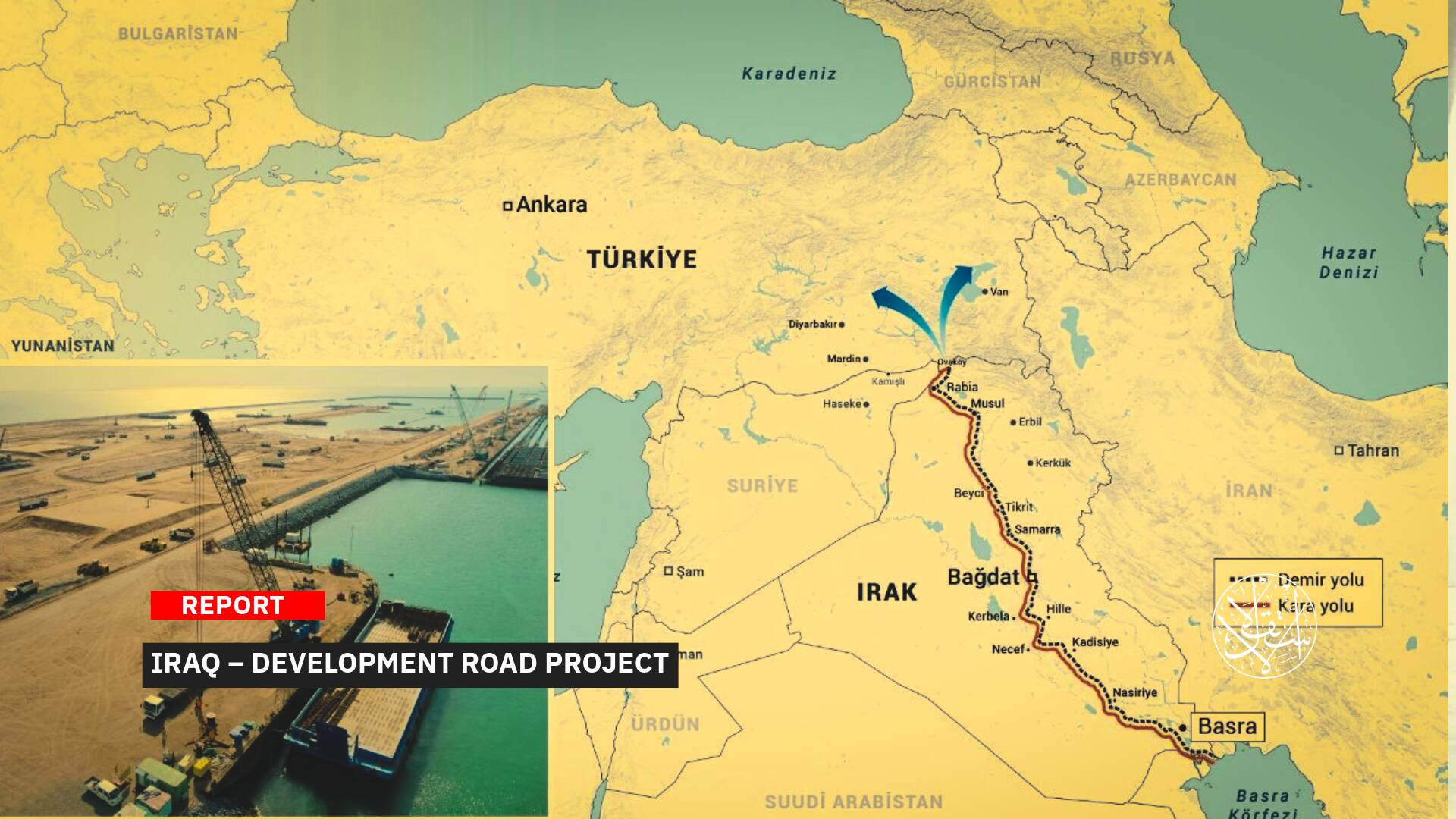How 'Tel Aviv Operation' Poses Greater Threat to the Israeli Occupation

"The improvement in the quality of resistance operations will have a positive impact on the negotiation terms."
The hysteria of fear in Israeli newspapers and social media has not subsided since the Qassam Brigades claimed responsibility for the Tel Aviv operation on August 18, 2024, and their threat to carry out more such attacks as long as the massacres in Gaza continue.
Israeli fears of the return of martyrdom operations inside the occupied territories revolve around the concern that Israel may face a new front of combat that could escalate into an intifada (uprising) in the occupied West Bank, after trying for 10 months to thwart it.
Most Israeli and American analyses have highlighted the danger of reopening the “gates of hell” with renewed martyrdom operations, in forms even more violent than those carried out by Yahya Ayyash in the 1990s.
This bleak scenario is further fueled by the failure of ceasefire and prisoner exchange negotiations in Gaza, coupled with Prime Minister Benjamin Netanyahu's public declaration that he will neither stop the war nor withdraw from the Salah al-Din axis or Netzarim.
Ayyash, known as “the Engineer,” was a prominent figure in the Palestinian resistance who mastered the making of bombs that caused massive destruction in occupied territories before he was assassinated in 1996 with a booby-trapped phone.
‘Ayyash Return’
Hamas’s choice of date August 18, 2024, to resume martyrdom operations in cooperation with Islamic Jihad through the Tel Aviv attack was not random, but rather seems to be a deliberate irony.
On this same day 21 years ago, the Qassam and al-Quds Brigades announced one of the most powerful martyrdom operations, which resulted in the killing of 20 Israelis and the injury of 150 others.
This was when Raid Misk, disguised as a settler, boarded Bus 12 returning from the Buraq Square, which was filled with senior rabbis, and detonated a highly explosive belt weighing 5 kilograms, causing body parts to fly, along with the bus roof.
On the same day in 2024, the Qassam and al-Quds Brigades announced the joint Tel Aviv operation and the resumption of ‘martyrdom operations’ after the years-long pause.
To mark the beginning of this new phase, the Qassam Brigades posted on their Telegram account a design titled "We Are Coming" in Arabic, Hebrew, and English, featuring an image of a destroyed bus in Tel Aviv and an explosive belt.
This coincided with the widespread mention of "Ayyash Returns," a reference to Yahya Ayyash, one of the most notable figures in the history of martyrdom operations.
Observers say that Hamas has realized the enemy has no intention of stopping the war, and there is no chance of successful negotiations. The disagreement is not merely about stubbornness over details, but rather about fundamental issues that cannot be overlooked.
According to Palestinian analyst Saeed Ziad, speaking to Al-Jazeera on August 19, 2024, The Israeli intransigence, coupled with American support, is the fastest recipe for igniting the region and sustaining the conflict.
There is talk of an American-Israeli agreement to accept Netanyahu’s conditions to remain at the Rafah crossing, the Salah al-Din axis, and also the Netzarim axis, which divides Gaza. The plan is to impose these conditions on the resistance and then claim that Hamas refused the negotiation.
Immediately after the ‘Tel Aviv operation,’ Israeli analyses poured in, discussing how reigniting martyrdom operations in the heart of Tel Aviv bring the fire, pressure, fear, and death that flood Gaza’s streets and children to the streets of Tel Aviv.
Israeli analysts noted that the Israeli Occupation’s worst nightmare is not an open regional war but rather the return of “suicide belt operations,” which were halted by a decision from Palestinian factions nearly 20 years ago. They considered the Tel Aviv operation as reopening the gates of hell.
“Israel” is now facing the fear of suicide operations in the heart “of the state,” a nightmare scenario that dominated the 1990s and the period of the Second Intifada, Israeli analyst Jacky Khoury wrote in Haaretz.
From the perspective of Hamas and Islamic Jihad, the message is crystal clear: dragging out negotiations and sabotaging the deal by Netanyahu will not go unnoticed. The conflict will change and escalate, both in Gaza and within “Israel,” and suicide operations will be the chosen method, according to Khoury.
Why Is It More Dangerous?
After Operation al-Aqsa Flood, the Israeli Occupation sought to suffocate the West Bank and Jerusalem in an unprecedented manner, arresting nearly 10,000 Palestinians and killing 800, including resistance fighters. It bombed the West Bank with aircraft and suppressed any sympathy for Gaza, even on social media.
This plan successfully prevented Operation al-Aqsa Flood from triggering a massive Palestinian uprising against “Israel” in the West Bank and Jerusalem.
With the West Bank resisting the Zionist siege through confrontations by resistance armed movements against the Israeli Occupation, a new front of combat has been opened.
This is further evidenced by the extension of these operations into Tel Aviv through martyrdom operations
Israeli anxiety stems from fears of the return of Yahya Ayyash’s operations, which turned Israeli life into hell in the early 1990s, as they recall seeing public bus roofs blown off along with the bodies of settlers, and malls and cafes turning into blood-soaked scenes.
The concern is exacerbated by Hamas and Islamic Jihad’s swift and open claim of responsibility, along with their threat that this is just the beginning of a series of upcoming operations that will tear “Israel” apart from within, increasing psychological pressure and security fears alongside the ground operations in Gaza.

Israeli analysts confirmed that the return of martyrdom operations after their long disappearance since 2005 would cause existential anxiety for “Israel,” given their previous claims that Tel Aviv is safe and fortified.
Israeli journalist Ron Ben-Yishai highlighted this in a report in Yedioth Ahronoth, explaining that the Tel Aviv explosion is a new indication that the armed escalation in the West Bank must be taken seriously.
He pointed out that the Intelligence Division sent a warning assessment predicting an escalation in “Israel” that includes bombings and martyrdom operations, potentially leading to a Palestinian Intifada.
Ben-Yishai noted that the danger of this new intifada, led by martyrdom operations, lies in the fear that it will differ from the first (ended in 1993) and second (ended in 2005) intifadas because this time, according to Ben-Yishai, it is armed, with confrontations involving bombings and gunfire.
The scenario that is perplexing Israeli security agencies is a coordinated attack by Palestinian brigades in the northern West Bank on settlements or Israeli cities, he said.
He added that factors are fueling this armed intifada, including the anger of West Bank residents over the killing of their relatives in Gaza and the rise of "Jewish terrorism" from settler gangs in the West Bank, which provokes armed Palestinian groups.
This catastrophic scenario was confirmed by former Shin Bet official Shalom Ben Hanan, who told FM 103 radio that “Israel is one step away from the return of martyrdom operations in its central cities,” predicting "complex challenges."
Yedioth Ahronoth reported on August 19, 2024, that the fears of the return of martyrdom operations within “Israel,” following the Tel Aviv attack, stem from the unusual sequence of such operations leading up to Tel Aviv.
Before the Tel Aviv operation on August 18, there were other attacks, including the explosion at Yarkon Park in Tel Aviv on the eve of the Hebrew New Year on September 15, 2023, and the detonation of an explosive device at the Megiddo Junction south of Haifa on March 13, 2023.
There has also been a steady increase in bomb attacks in the West Bank, approaching cities in central “Israel.”
In early July 2024, two Israeli soldiers were killed in explosions during army operations in the refugee camps in Tulkarm and Jenin. In the same month, three more explosive devices detonated near the security fence in the Gilboa area, injuring two Israeli soldiers.
A Negotiation Weapon
The Times of Israel confirmed on August 19 that the return of suicide bombings is a very serious development, signaling a significant escalation that will heighten Israeli fears. It hinted that it could also be a weapon serving the resistance at the negotiation table.
This was echoed by Hamas leader Osama Hamdan, who stated on Al-Jazeera that "the improvement in the quality of resistance operations will positively impact the negotiation terms."
Analysts suggest the Tel Aviv martyrdom operation's timing was strategic, linked to the failed Doha talks and the arrival of U.S. Secretary of State Antony Blinken in "Israel." This move signals a threat to America, which backs the Israeli Occupation, warning of an impending escalation that will not end the resistance.
On August 18, 2024, The Washington Post quoted H.A. Hellyer, a senior associate fellow in international security studies at the Royal United Services Institute for Defense and Security Studies in London, explaining Hamas's shift to a new phase of suicide bombings.
Hamas largely avoided suicide attacks in recent years as part of its efforts to gain more international acceptance and engage in international negotiations, according to Hellyer.
The attack in Tel Aviv “represents clear desperation” of the current negotiations, he said. “They want to try and give the Israelis a bloody nose at home in the same way they are getting all this pain.”

A report by the Israeli Military Intelligence Directorate (AMAN), published by Yedioth Ahronoth on August 20, stated that an escalation in the West Bank, on the scale of an intifada, is expected, which will include bombings and suicide operations in “Israel.”
The report confirmed that the explosion in Tel Aviv is an indication of that, and its danger, compared to the bombings in 2022 and 2023, lies in the fact that it contained more powerful, locally-made explosives of the type used in suicide operations during the Intifada of Jerusalem and al-Aqsa.
The newspaper described this situation as a kind of "vicious circle," where THE Israel Occupation does not allow Palestinians to work in occupied territories, leading to economic hardship and unemployment.
The scenario troubling the security apparatus is that Palestinian brigades in the northern West Bank could launch attacks similar to the Al-Aqsa Flood on settlements and random outposts, "with the participation of Palestinian security forces."
The Israeli army describes this as the “barrel-shifting scenario,” explaining that while Palestinian Authority security forces currently work to curb the rise of armed factions, some of these factions may later turn their weapons against the Israelis.
Sources
- Hamas claims Tel Aviv attack as Blinken promotes cease-fire in Israel
- Tel Aviv bomb attack signifies trend in series of attacks by terrorists inside Israel
- Israel's intelligence wary of West Bank terrorist spill-over into Israeli cities
- Analysis | It's Now Clear: Netanyahu Prefers Hostages in Body Bags Over Risking His Own Political Life












